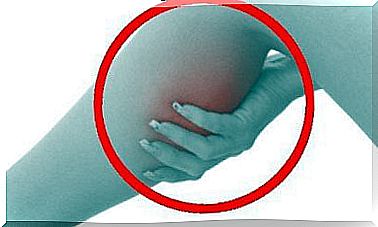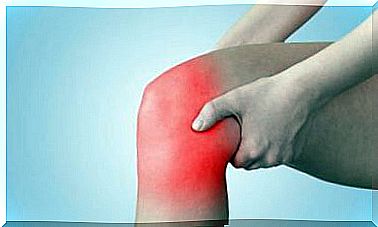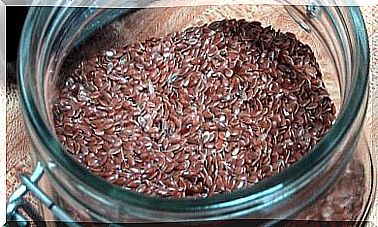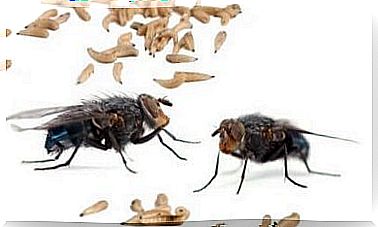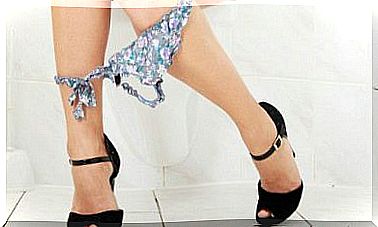10 Possible Effects Of Resveratrol On The Skin
Resveratrol has countless health benefits. It is a great ally for skin care. Do you know its effects? We detail them below.
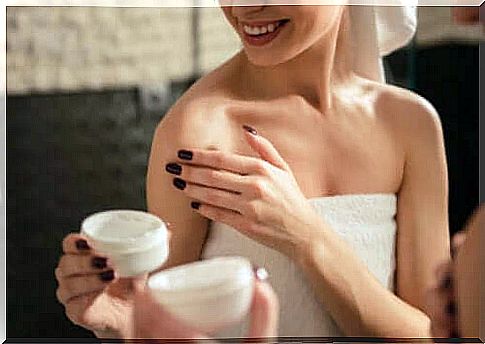
Resveratrol is naturally present in certain fruits and vegetables, in particular in the skins of grapes, dried fruits and particularly in red wine. It has positive effects for the skin, both from an aesthetic point of view and in the treatment of specific pathologies.
In addition, it is used in food supplements and in cosmetic creams. Its oral consumption is well tolerated, safe and non-toxic. In addition, topical application of creams with resveratrol is safe. However, creams with a concentration greater than 0.5% usually cause irritation.
Effects of resveratrol on the skin
Resveratrol has multiple biological properties, including antioxidant, cardioprotective, neuroprotective, anti-inflammatory and anticarcinogenic activities. In this article, we list the 10 effects of this substance related to skin tissue.
1. An antioxidant for the elimination of free radicals
Resveratrol is considered by many to be an anti-aging molecule. It works as a double antioxidant that can neutralize free radicals and increase the body’s intrinsic ability to get rid of them. Topical resveratrol, combined with baicalin and vitamin E, are cosmetic ingredients that can be used for skin rejuvenation.
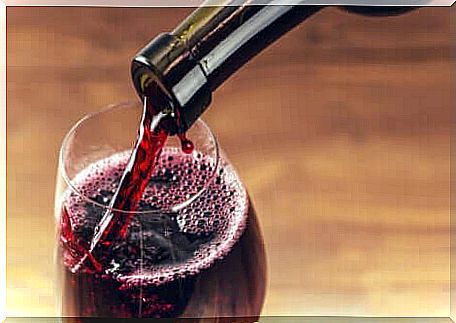
2. Resveratrol, an anti-aging agent
The Journal in Drugs of Dermatology conducted studies that showed significant improvement in the following signs associated with aging skin:
- Wrinkles and fine lines.
- Firmness and elasticity of the skin.
- Skin laxity.
- Hyperpigmentation.
- Brightness and roughness of the skin.
On the other hand, the role of resveratrol in preventing photoaging is still under investigation. Through experimental models, the substance is compared to other antioxidants used in skin care products. This gives a better idea of its effectiveness.
3. Depigmentation
Resveratrol is a direct and indirect inhibitor of tyrosinase. It is therefore a promising agent for the treatment of pigmentary disorders, given its various effects on the formation of spots on the skin.
However, despite the abundant laboratory evidence, there is little data from human studies. Further clinical trials are needed to demonstrate its efficacy and total safety.
4. Resveratrol improves acne
The American Journal of Clinical Dermatology has shown positive results in its studies of resveratrol gel for acne. Nonetheless, further testing of its effectiveness at different strengths and formulations is needed to determine the appropriate formula for an adequate approach.
Acne vulgaris is a disease of the pilosebaceous unit, characterized by an inflammatory immune response to the bacteria Propionibacterium acnes ( P. acnes ). Resveratrol has demonstrated sustained antibacterial activity against this microbe.
5. An anti-inflammatory supplement
Inflammatory dermatoses represent the most common clinical problem in dermatology. Due to the serious side effects of immunomodulators such as glucocorticoids and tacrolimus, safe and effective alternatives are in high demand. These currently available creams cause reactions that patients and doctors want to avoid.
Although there is as yet little or no evidence that it can inhibit skin inflammation in humans, the anti-inflammatory benefits of resveratrol have been well demonstrated in mice with inflammatory dermatoses. In view of this effect, it seems obvious that a superlative use of the compound should be the prevention of skin cancer.
6. An anticarcinogen
Oxidative stress is one of the main culprits in the development of skin cancer, such as melanoma. Therefore, antioxidants, including resveratrol, have been used to prevent and treat this oncological condition.
One of these data was taken from studies published in the International Journal of Molecular Sciences. Overall, resveratrol exhibits possible anticarcinogenic activity both in vivo and in vitro .
7. Resveratrol for epidermal regeneration
Topical application of resveratrol accelerates skin regeneration after peel procedures by increasing collagen production. It thus decreases the irritation caused by the exfoliation and the redness of the skin.
It has been shown that formulations with this substance can stimulate the proliferation of fibroblasts and help increase the concentration of collagen III. These two substances participate in the healing process.
8. Ultraviolet (UV) protection
Excessive exposure to UV rays leads to sunburn, photoaging, and skin cancer. Some studies in vivo and in vitro have shown that resveratrol protects the skin from UV radiation. In addition to UVA radiation, it also protects keratinocytes (skin cells) from UVB-induced damage.
9. Keloids
The studies of Bioscience, Biotechnology and Biochemistry evoke the benefits of resveratrol for keloids. A keloid is an exaggerated scarring of the skin with an overgrowth of the fibers and cells involved.
Resveratrol induces apoptosis of keloid fibroblasts, along with reduced levels of mRNA expression for collagen 1 and procollagen 3, while increasing expression of SIRT1. In other words, the exacerbated mechanism which results in abnormal forms of scarring is slowed down or even stopped.
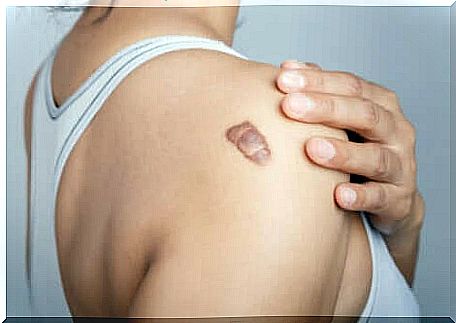
10. Resveratrol for skin lesions
The healing of skin lesions involves the proliferation of fibroblasts and keratinocytes, as well as the deposition of collagen. Several observations have suggested that, in animal wounds, resveratrol stimulates cell multiplication. Which speeds up the process.
Resveratrol, what to remember …
This substance is used more and more in cosmetology and dermatology. Although there is ample evidence in vitro and in vivo that it could be a promising therapeutic agent, clinical trials have yet to confirm its potential.
However, the future is bright for resveratrol. In particular with regard to the healing and protection of the dermal tissue against external agents such as UV rays. Finally, it is best to consult a professional to ensure its correct use until there is more evidence.
